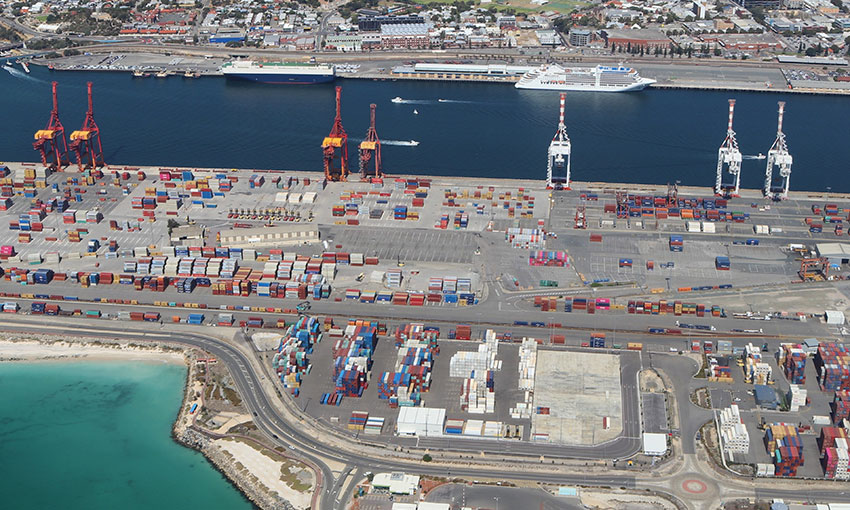A FIERCE fire that damaged bulk transport and storage infrastructure at Kwinana, WA on Friday [9 February] has the potential to disrupt fertiliser distribution to the state’s farmers.
The Department of Fire and Emergency Services said the blaze started on a conveyor belt carrying sulphur from a ship at the Kwinana Bulk Jetty to a storage facility, but the cause of the fire is still under investigation. The warehouse, which stored granular fertiliser for Nutrien Ag Solutions, was engulfed by the blaze which also forced the evacuation of nearby premises and caused DFES to issue hazmat warnings about toxic smoke.
Fremantle Ports, which owns all the structures involved, said it was assessing the situation while DFES said it didn’t appear the damage was substantial, despite the ferocity of the fire which was attended by 50 firefighters and 13 firetrucks.
WAFarmers president John Hassell told local media that as Canadian-owned NAS was one of only two major suppliers of fertilisers and chemical products to WA farmers and beyond. And there was concern about the destruction of the conveyor belt which was “a bit of a worry for Australian imports”.
In a statement issued today [12 February] Andrew Duperouzel, region manager, west at NAS said the company remained focused on ensuring its products continue to be dispatched to farmer customers across the state “in a safe and timely manner.
“We are assessing the damage to our site and working closely with Fremantle Ports to confirm new access routes, adjusted shipping schedules and alternate storage solutions to ensure we minimise any impact to our supply chain,” he said.
“It’s business as usual for Nutrien’s other storage depots across WA, so we are still receiving and dispatching product from our other locations including Geraldton, Esperance, Albany and Henderson. Our liquid Bulk N fertiliser storage and chemical manufacturing (Genfarm) facilities were not impacted by this fire incident.“We will continue to keep you updated and we encourage our customers to talk to their local branch about their input needs.”





